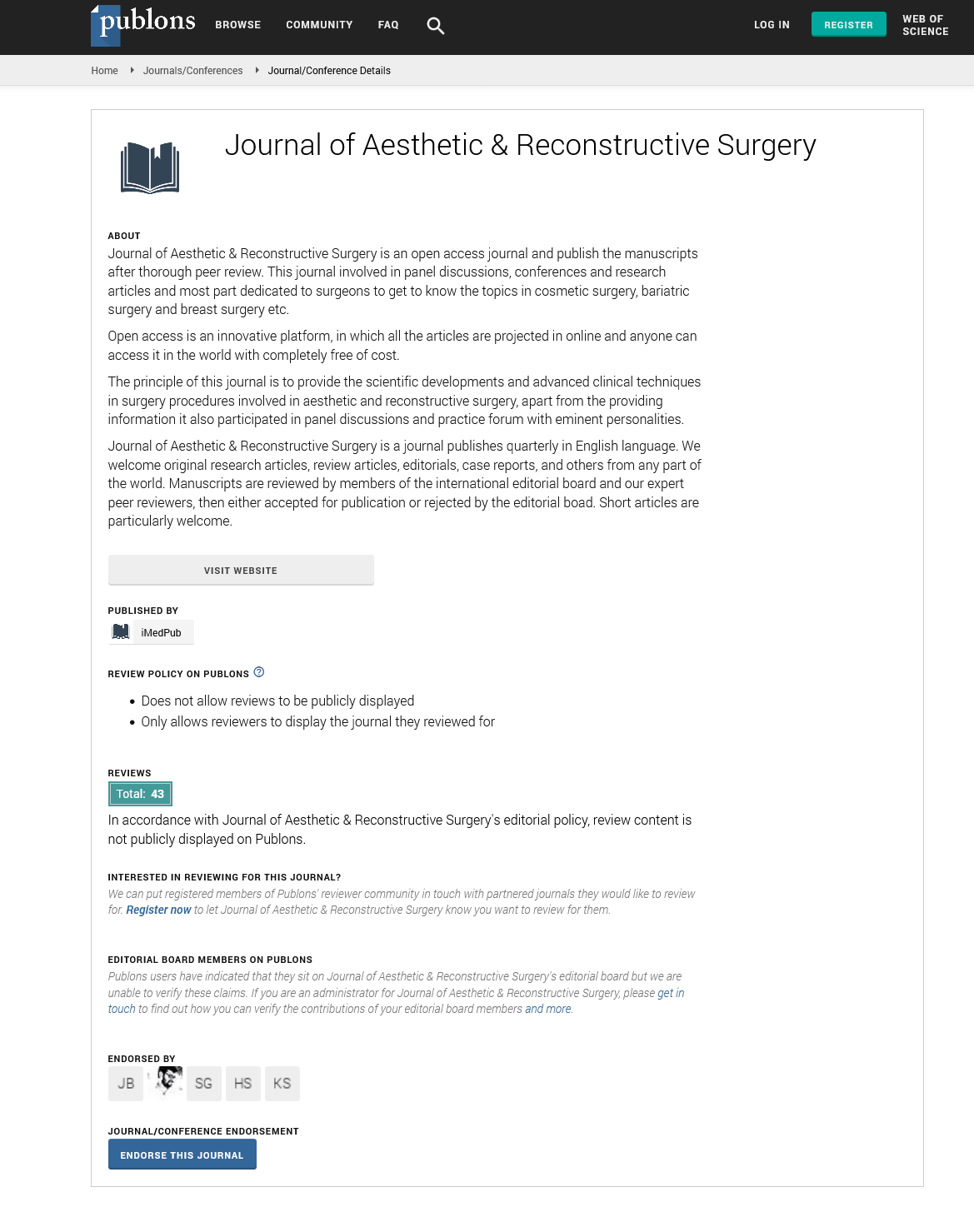Abstract
Brazilian Butt Lift Procedures when the Renuvion APR System was used as an Adjunct Procedure: A Retrospective Chart Review.
Background: The Brazilian Butt Lift (BBL) procedure has been in practice since the 1980’s and was introduced as a combination of liposuction and gluteal augmentation using fat transfer. Since its introduction, this procedure continues to evolve and incorporate other procedures and treatments to enhance the results. Among these procedures and treatments are liposuction of the abdomen and/or flanks, liposuction of the thighs, abdominoplasty, and heliumbased plasma RF device treatment. The ability to enhance the results of a BBL procedure by treating the surrounding body area with an alternative treatment could benefit the patients and the providers alike. This could bring the patients closer to achieving their goals of having plastic surgery and the provider could potentially optimize their care and have more consistent and positive outcomes.
Objective: To collate retrospective procedure data of Brazilian Butt Lift (BBL) procedures when the helium-based plasma RF device for soft tissue coagulation was used as an adjunct treatment.
Methods: A retrospective chart review was conducted (with a waiver of consent granted by the IRB) of patients aged ≥18 years who underwent treatment for a Brazilian Butt Lift (BBL) with a helium-based plasma RF device (Renuvion; Apyx Medical) utilized for soft tissue coagulation at one clinical site. Demographic data, procedure details, length of follow-up, and postoperative adverse events (AEs) and complications were recorded. Patient satisfaction questionnaires (PSQ) were also recorded for subjects consenting (via an IRB approved consent form) to study participation and obtained by telephone contact.
Results: Chart review identified 49 patients who underwent BBL procedures with the use of the helium-based plasma RF device as an adjunct treatment between March 4, 2021 and July 27, 2021. Of these patients, 31 had data regarding the helium-based plasma RF device treatment in conjunction with the BBL procedure. 29 consented to study participation and completed the PSQ survey. Only female subjects were enrolled in this study. Patients had an average age of 32 years (range 20-46 years) and an average BMI of 28.13 (range 21.6-35.4) at the time of treatment.
Most subjects (n=35) had a BBL procedure with Lipo 360 and an adjunct treatment on their abdomen and flanks utilizing the helium-based plasma RF device. In all the procedures, the helium-based plasma RF device was not utilized to treat the buttocks directly, but rather was used to smooth the areas between the back and the buttocks where the BBL procedure was, as well as in other areas of the body after liposuction. All areas treated with the helium-based plasma RF device were done so with treatment settings of 80% Power and 2.0-2.5 liters per minute (L/min) of Helium Flow. The only listed energy level (kJ) was 6.0kJ.
Conclusion: The purpose of this study was to evaluate safety and procedural information for Brazilian Butt Lift (BBL) procedures with the helium-based plasma RF device as an adjunct treatment. A chart review of 49 female patients was conducted with an additional Patient Satisfaction Questionnaire (PSQ) being completed by 29 patients. Based on the data, the helium- based plasma RF device settings were mostly 80% Power and 2.5 L/min Helium Flow Rate for various body areas treated. The most common areas treated were the abdomen and bilateral flanks. Patient satisfaction data showed that, out of those surveyed, most patients reported overall positive levels of satisfaction and noted positive improvements of their skin in the treated area(s). Furthermore, the data showed that this study is limited due to the retrospective design and data availability during chart review.
Author(s):
Abstract | Full-Text | PDF
Share this

Google scholar citation report
Citations : 130
Journal of Aesthetic & Reconstructive Surgery received 130 citations as per google scholar report
Journal of Aesthetic & Reconstructive Surgery peer review process verified at publons
Abstracted/Indexed in
- Google Scholar
- China National Knowledge Infrastructure (CNKI)
- Directory of Research Journal Indexing (DRJI)
- WorldCat
- Publons
- Geneva Foundation for Medical Education and Research
- Secret Search Engine Labs
- Euro Pub
Open Access Journals
- Aquaculture & Veterinary Science
- Chemistry & Chemical Sciences
- Clinical Sciences
- Engineering
- General Science
- Genetics & Molecular Biology
- Health Care & Nursing
- Immunology & Microbiology
- Materials Science
- Mathematics & Physics
- Medical Sciences
- Neurology & Psychiatry
- Oncology & Cancer Science
- Pharmaceutical Sciences


